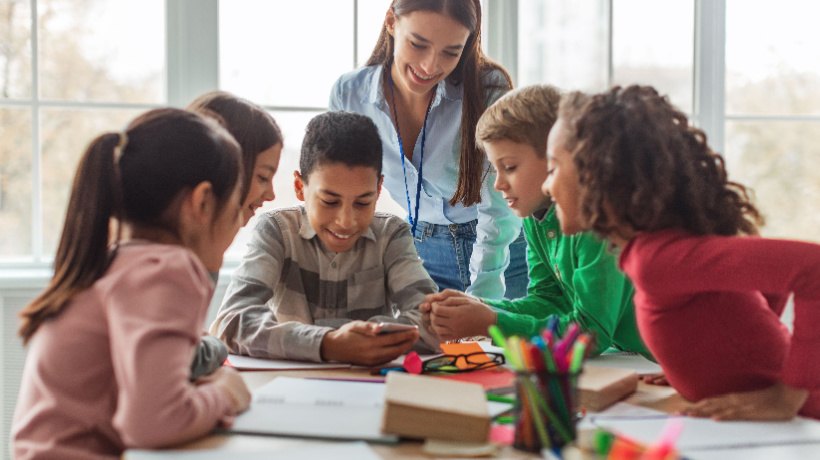Improving Curriculum Effectiveness Through Emotional Intelligence, Resilience, And Learning Style Implementation
It is unfortunate that schools still follow the traditional method of teaching. So often the pedagogy of curriculums is repeated from one classroom to another. This method leaves students at a disadvantage, as the reason why and the how the curriculum should be implemented outside of the classroom never get discussed. This doesn't have to be the case however. Curriculums can be constructed to add greater value and allow students to be more effective both in and out of the classroom. In order to improve curriculum effectiveness, any curriculum can be used as a tool to build emotional intelligence (EQ) and resilience; as long as the focus is on building the total student and not a simple transfer of knowledge from teacher to student.
For example, let’s say an art teacher is teaching a lesson on drawing hands. The current method of teaching would have the instructor show how the hand is drawn either through actual demonstration or book illustration. The student would then be asked to do a follow up assignment to practice what was learned in the lesson. At some point, there would be a test to demonstrate if the lesson was learned and to what level has been achieved. By changing the focus of the lesson, instructors can influence the multiple factors that impact a student by using the lesson as a tool to teach emotional intelligence and resilience. First, the total student is the combination of academic factors and personal factors which is represented by a simple equation:
Academic Factors + Personal Factors = Total Student Factors
Most of the time, instructors only pay attention to the academic factors that students face such as ability and understanding of the current material. When focusing on the total student, the instructor will indirectly address the personal factors of students using the lesson as a vehicle. Instead of the lesson looking like this:
- Instructor teaches art lesson.
- Students practices through graded exercises.
- Students take a test to judge proficiency.
The lesson would look like this:
- Art lesson is combined with EQ and Resilience principles.
- Two or more learning styles are implemented within the lesson.
- Students perform the activities.
- Multiple teachings of the lesson are explained to show what should have been learned and discuss the differences.
The new example would be taking an art lesson would be:
- Assignment.
Learn how to draw an anatomically correct hand. The instructor will demonstrate how to draw a hand through examples in the class: 1 Hand drawing = 1 Figure. - Adding emotional intelligence and resilience to the art assignment.
- EQ: Self Management skill: Make a list of how many figures can be drawn in a day and how much time is available to dedicate to the lesson.
- Resilience: Take decisive action principle by drawing 100 figures in a week without fail.
- Select the learning styles.
- Kinesthetic: Practice drawing from class assignments and lessons through actual drawing.
- Solitary: Working alone and building on skills using self-study skills and development to achieve a task.
- Assess and review the results.
- Determine if students understood the lesson.
- Explain the new skills that were practiced.
- Reiterate and re-inforce the desired principles.
The difference in the two curriculum tracks is that while the students will learn how to draw a hand in both examples, the second method helps to teach students how to raise their self-management skills by breaking down the available time to work and the number of figures that want to be drawn in a day. Students are also taught to be resilient by sticking to a plan and reaching a goal. The instructor now has several lessons to discuss with students including:
- How did your drawings come out? Did you see improvement?
- How much time did you dedicate and was it enough?
- Did you reach your goals and what prevented you if you didn’t?
The assignments are no longer linear and become more dynamic and meaningful to the student as they learn skills that they can transfer to other areas of their life. The emotional intelligence and resilience principles vary between each lesson, but the key is to provide two or more principles from emotional intelligence / resilience and learning styles in order to help the student understand why and how to apply the knowledge in their everyday life.









